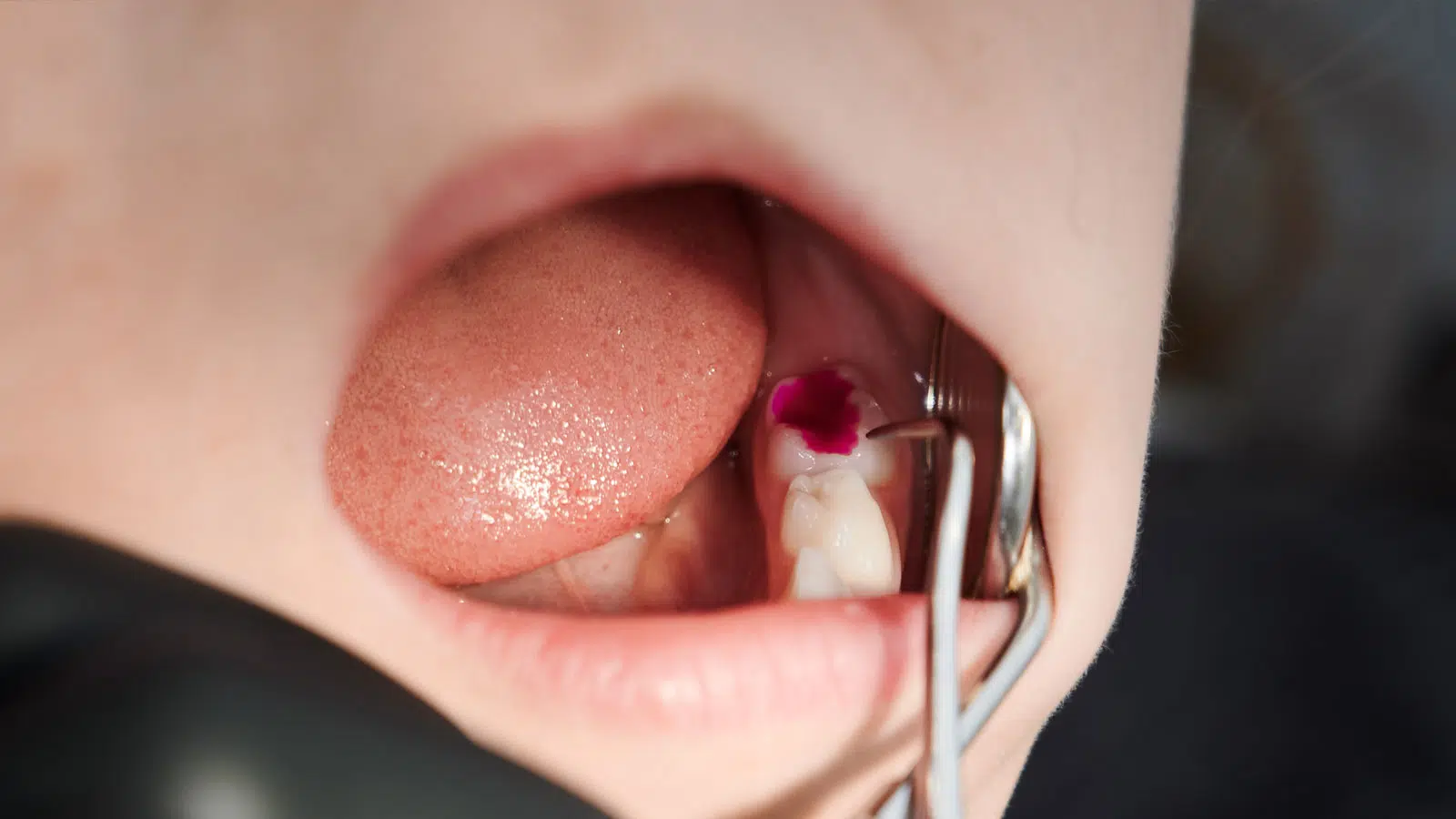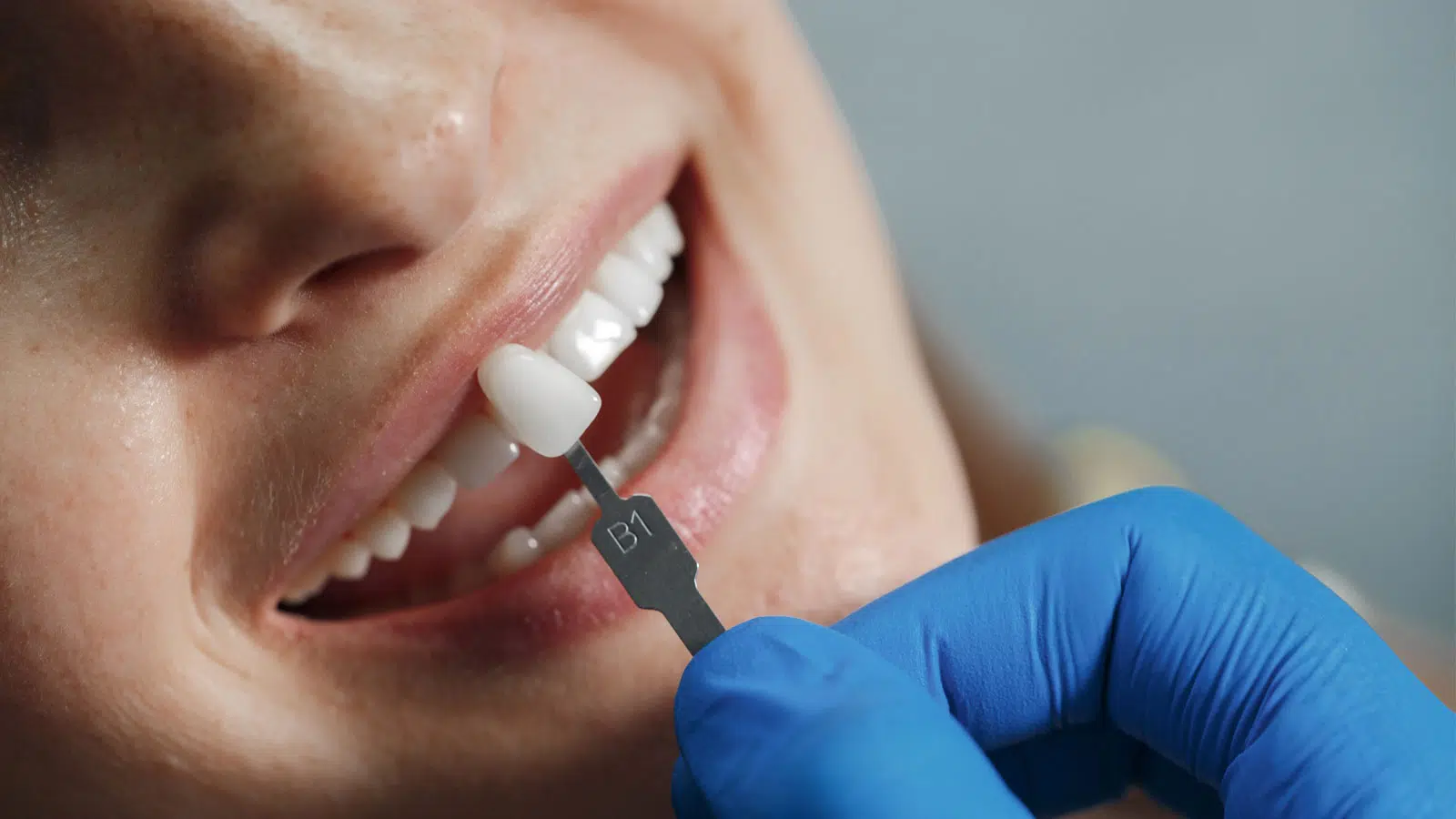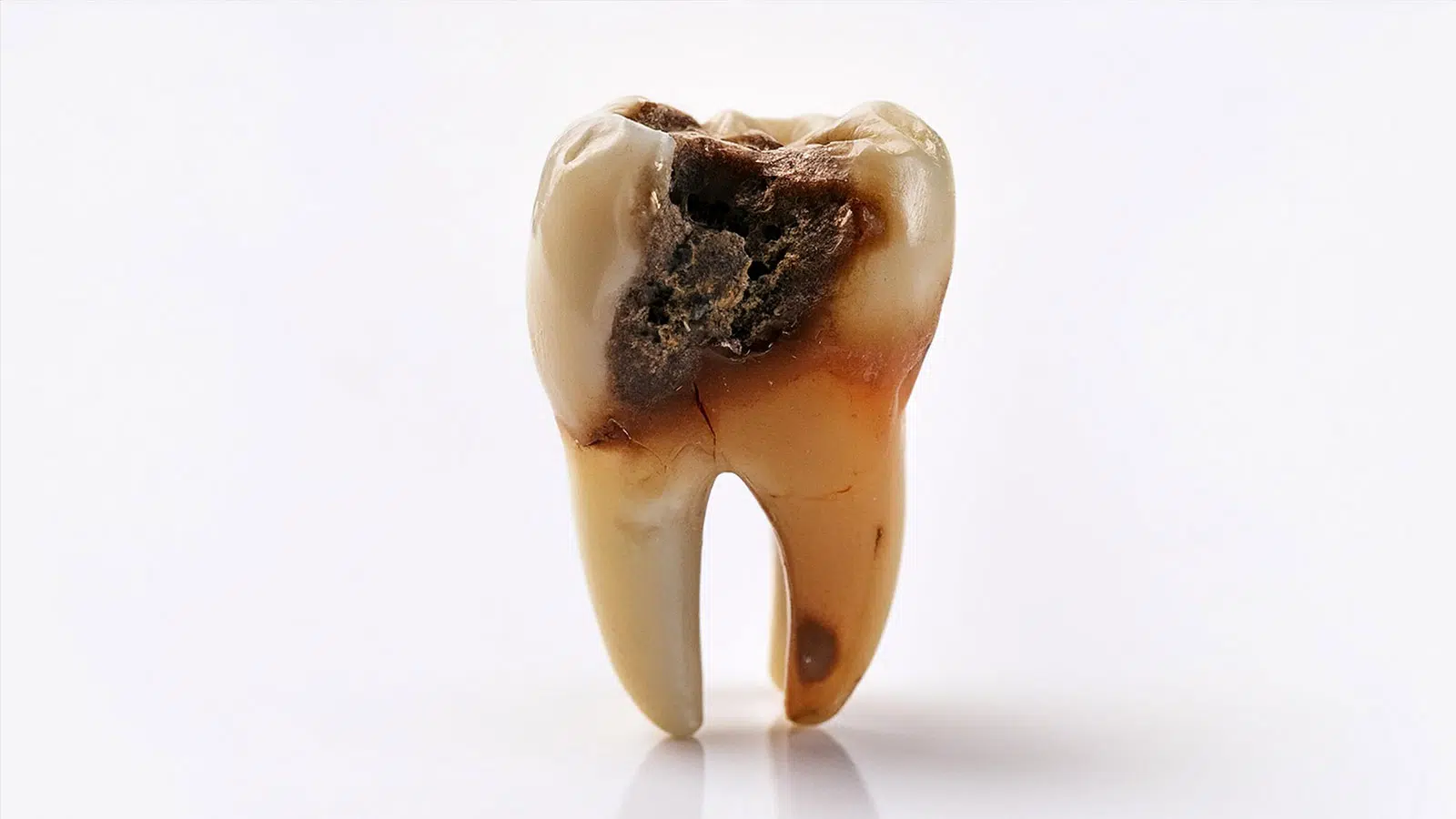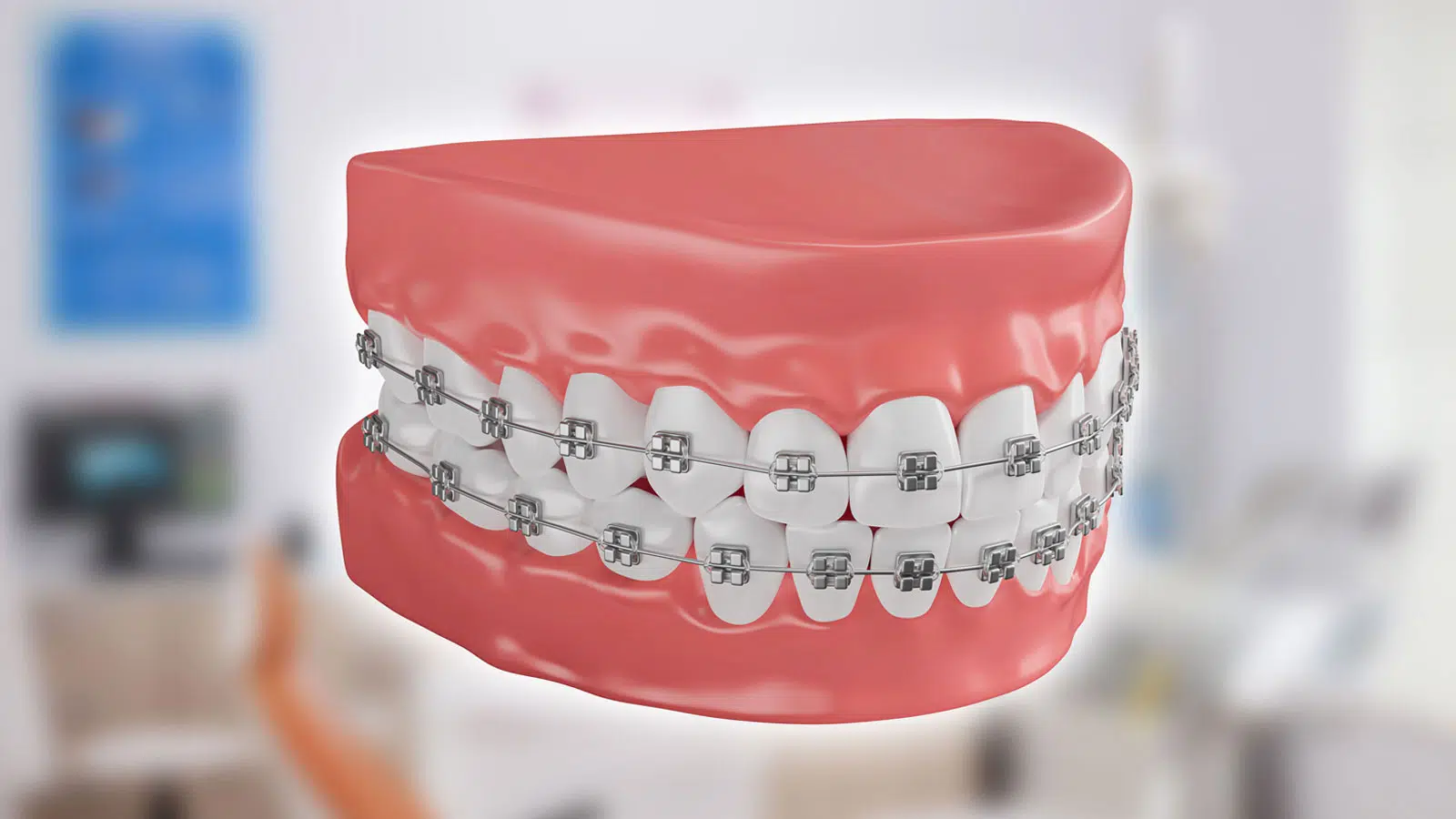Dental fillings are one of the most common procedures in dentistry, used to treat cavities or repair worn or broken teeth, helping to restore the tooth’s structure and function. With advancements in dental technology, there are now multiple types of fillings, each with its own advantages and disadvantages. Choosing the right type is crucial for optimal dental care. In this article, we’ll explore the different types of dental fillings and their pros and cons.
1. Amalgam (Silver) Fillings:
Made from a mixture of silver, tin, mercury, and other metals, these are one of the oldest types of dental fillings.
Pros:
- High strength and durability, making them suitable for back teeth (molars) due to their ability to withstand chewing pressure.
- Lower cost compared to other fillings.
- Long-lasting.
Cons:
- Appearance: Their dark silver color doesn’t blend with natural teeth, making them unsuitable for front teeth.
- Require more tooth removal compared to other fillings.
- Mercury content, which raises concerns for some people, though studies confirm their safety.
Amalgam fillings are a good option for those seeking a strong, economical filling and who aren’t concerned about aesthetics.
—
2. Composite (Tooth-Colored) Fillings:
Made from a resin-based material that hardens under a special blue light.
Pros:
- Natural appearance: Their color matches natural teeth and can be customized to blend seamlessly.
- Less tooth removal needed compared to amalgam, preserving more of the tooth structure.
- Bonds well with the tooth.
Cons:
- Less durable than silver fillings.
- Higher cost than silver fillings.
- May stain over time due to certain foods and drinks.
Composite fillings are suitable for all teeth and are ideal for small to medium cavities, especially for those who prioritize aesthetics.
3. Ceramic Fillings (Inlays/Onlays):
Made from porcelain or ceramic.
Pros:
- Aesthetic appeal, closely mimicking natural tooth color.
- More stain-resistant than composite.
- Easy to clean.
- High durability with long-term performance.
Cons:
- Higher cost.
- Require multiple dental visits for placement.
Ceramic fillings are an excellent choice for those seeking a balance of durability and aesthetics.
4. Gold Fillings:
Made from a mix of gold, copper, and other metals.
Pros:
- Extremely durable.
- Long lifespan.
- Don’t cause wear on surrounding teeth.
- Resistant to corrosion and tarnishing.
Cons:
- Very expensive.
- Unaesthetic appearance due to their gold color.
Gold fillings suit those who prioritize longevity and durability over appearance.
5. Glass Ionomer (GI) Fillings:
Made from a special blend of materials that chemically bond to the tooth.
Pros:
– Strong adhesion to the tooth surface.
– Releases fluoride, helping prevent further decay.
Cons:
- Less durable compared to other fillings.
- Shorter lifespan.
These are ideal for baby teeth in children and small cavities.
Dental fillings are a fundamental part of tooth restoration, helping to regain function and appearance. The right choice depends on the patient’s condition and preferences. Consult your dentist to determine the best option for you.











